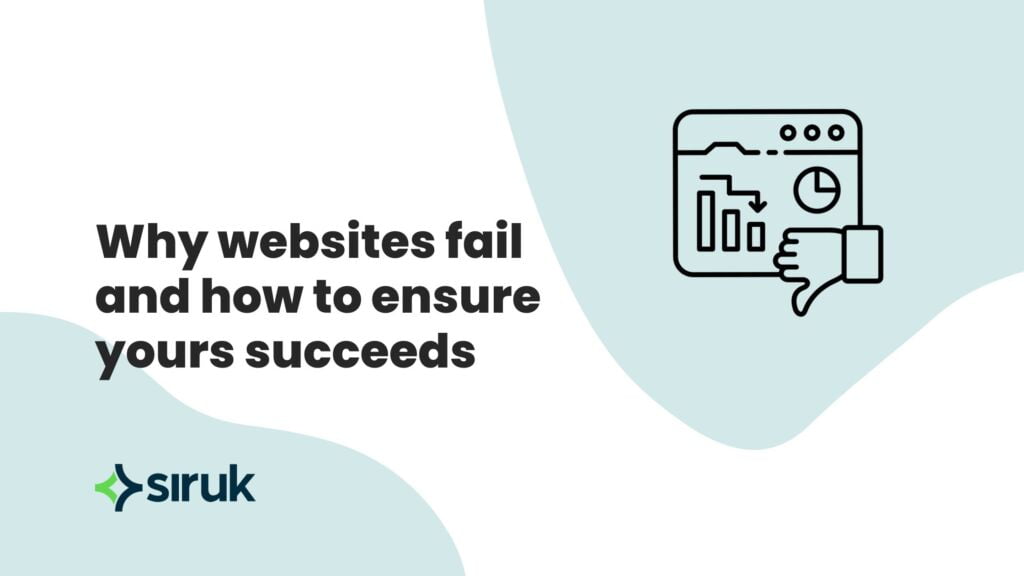In today’s fast-paced digital world, website performance plays a critical role in determining the success of an online business. Users expect instant access to information, seamless navigation, and quick load times. A slow or poorly optimized website can result in frustrated visitors, increased bounce rates, and missed business opportunities. To thrive in the competitive online landscape, it is essential to prioritize and improve website performance. In this blog post, we will explore seven key strategies that you can follow to significantly improve website performance and provide an optimal user experience.
- Optimize and Minify Code:
Efficient code is the foundation of a high-performing website. Ensure your website’s code is clean, well-structured, and adheres to industry best practices. Minify CSS, JavaScript, and HTML files by removing unnecessary characters, whitespace, and comments. This reduces file sizes, enabling faster downloads and rendering times for users.
- Compress and Optimize Media:
Images, videos, and other media assets often contribute to slower page loading speeds. Compress and optimize media files to reduce their size without compromising quality. Utilize modern image formats like WebP and lazy loading techniques to load media only when it becomes visible to the user, improving initial page load times.
- Leverage Caching Mechanisms:
Caching enables the temporary storage of website data in the user’s browser, reducing server requests and improving response times. Utilize browser caching, HTTP caching headers, and server-side caching mechanisms to cache static resources and frequently accessed content. Implementing a Content Delivery Network (CDN) can further enhance caching capabilities, enabling faster content delivery to users worldwide.
- Prioritize Above-the-Fold Content:
Optimize the rendering of above-the-fold content, which refers to the portion of the web page initially visible without scrolling. Minimizing the number of network requests and prioritizing the loading of critical resources significantly improves perceived page load times. Lazy loading techniques, asynchronous loading, and deferring non-essential scripts are effective strategies to achieve this optimization.
- Reduce HTTP Requests:
Each HTTP request adds latency to the website loading process. Minimize the number of HTTP requests by combining multiple CSS and JavaScript files into consolidated versions. Sprite sheets can be used to combine multiple images into a single file, reducing individual image requests. Additionally, leverage HTTP/2 or HTTP/3 protocols, which allow parallel loading of multiple resources over a single connection, further reducing latency.
- Optimize Server Performance:
Choose a reliable hosting provider that can handle your website’s traffic demands. Ensure your server infrastructure is properly configured, optimized, and capable of handling peak loads. Implementing server-side caching, gzip compression, and leveraging technologies like load balancers and reverse proxies can significantly enhance server performance.
- Continuous Monitoring and Testing:
Regularly monitor your website’s performance using various tools and analytics platforms. Conduct performance tests to identify bottlenecks, slow-loading pages, or areas that need improvement. Tools like Google PageSpeed Insights, GTmetrix, or WebPageTest can provide valuable insights and recommendations to optimize your website further.
 Google PageSpeed Insights score of https://sirukmedia.com
Google PageSpeed Insights score of https://sirukmedia.com
Conclusion
In an increasingly competitive digital landscape, website performance is crucial for retaining visitors, improving user experience, and achieving business goals. By following these seven key strategies – optimizing code, compressing media, leveraging caching, prioritizing above-the-fold content, reducing HTTP requests, optimizing server performance, and conducting continuous monitoring and testing – you can significantly enhance your website’s performance. Remember, a fast-loading and responsive website not only boosts user satisfaction but also improves search engine rankings, customer conversions, and overall business success. Invest in website performance optimization to provide a smooth and engaging online experience for your visitors.

